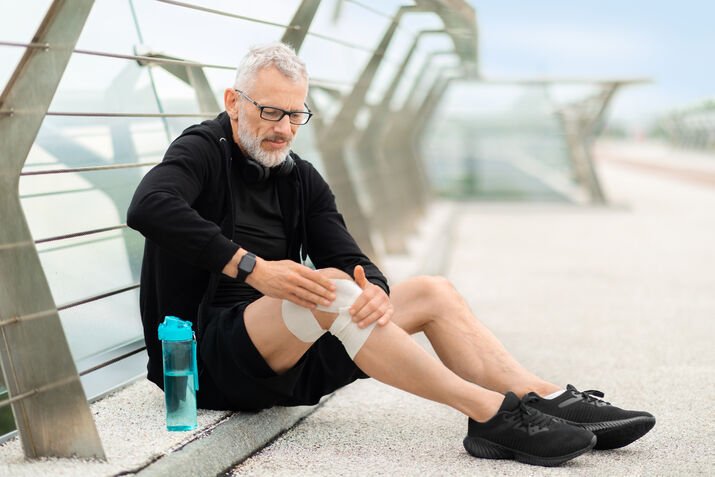Orthopedic injuries are a common concern that affect people of all ages and lifestyles. Understanding the causes, symptoms, treatment options, and prevention of common orthopedic injuries is essential for maintaining mobility and overall well-being.
What is an Orthopedic Injury?
Orthopedic injuries are those that affect the musculoskeletal system, including bones, joints, ligaments, tendons, muscles, and nerves. These injuries can result from accidents, falls, sports activities, or repetitive stress. Proper diagnosis and treatment are essential for satisfactory recovery and to prevent long-term complications.
Causes of Orthopedic Conditions
The causes of orthopedic issues vary, but generally fall under the following categories:
- Injuries: Fractures, sprains, dislocations, and sports-related injuries.
- Age & Degenerative Conditions: Conditions like osteoarthritis, which causes joint wear and tear.
- Congenital Disorders: Present from birth, such as clubfoot or scoliosis.
- Infections: Such as osteomyelitis or joint infections.
- Tumors: Benign or malignant growths in bones or soft tissues.
- Overuse/Repetitive Strain: Examples include tendonitis or carpal tunnel syndrome.
- Trauma: Accidents, collisions, or falls causing fractures or ligament tears.
Most Common Orthopedic Injuries
- Fractures: Commonly in the arms, legs, wrists, ankles, and hips.
- Dislocations: Frequently in shoulders, elbows, knees, and fingers.
- Sprains: Ligament injuries in ankles, wrists, and knees.
- Strains: Muscle or tendon injuries, often in the back or hamstrings.
- Tendonitis: Inflammation of tendons, e.g., tennis elbow or rotator cuff injuries.
- Torn Ligaments: Such as ACL tears in knees.
- Meniscus Tears: Cartilage damage in the knee.
- Stress Fractures: Micro-cracks in bones, often in feet and hips.
- Plantar Fasciitis: Heel-to-toe tissue inflammation.
- Carpal Tunnel Syndrome: Nerve compression in the wrist, common among computer users.
Preventing Orthopedic Injuries
While not all injuries are avoidable, proactive measures can greatly reduce the risk:
General Prevention Tips:
- Regular Exercise: Strengthens muscles and improves flexibility.
- Stretching Before Activities: Reduces the risk of strains and sprains.
- Use Proper Technique: Avoids unnecessary stress on joints.
- Wear Protective Gear: Helmets, knee pads, etc., for safety.
- Maintain a Healthy Weight: Reduces joint stress.
- Stay Hydrated: Keeps joints lubricated.
- Eat Well: Calcium and vitamin D are essential for bone health.
Sports Injury Prevention:
- Follow sport-specific safety rules.
- Increase intensity gradually.
- Ensure adequate rest between sessions.
Workplace Precautions:
- Use ergonomic furniture and tools.
- Take breaks to avoid repetitive strain.
- Use correct lifting techniques.
Can Orthopedic Injuries Impact Long-Term Mobility?
Yes. Depending on the severity and type, orthopedic injuries can have significant effects on long-term mobility. However, proper and timely treatment, combined with rehabilitation and healthy habits, can improve recovery and outcomes. Following medical advice and engaging in physical therapy are critical steps.
Importance of Early Diagnosis in Orthopedics
Early diagnosis plays a crucial role in ensuring better outcomes by:
- Reducing pain and complications
- Improving mobility and function
- Avoiding surgery or invasive procedures
- Enabling cost-effective treatment options
Examples of Early Diagnosis Benefits:
- Osteoarthritis: Can be managed with lifestyle changes and physiotherapy.
- Osteoporosis: Prevent fractures through supplements and care.
- Spinal Disorders: Early treatment can avoid surgery.
- Rotator Cuff Injuries: Can be healed without surgery.
- Rheumatoid Arthritis: Delays deformities with early medication.
- Carpal Tunnel Syndrome: Prevents permanent damage with prompt action.


